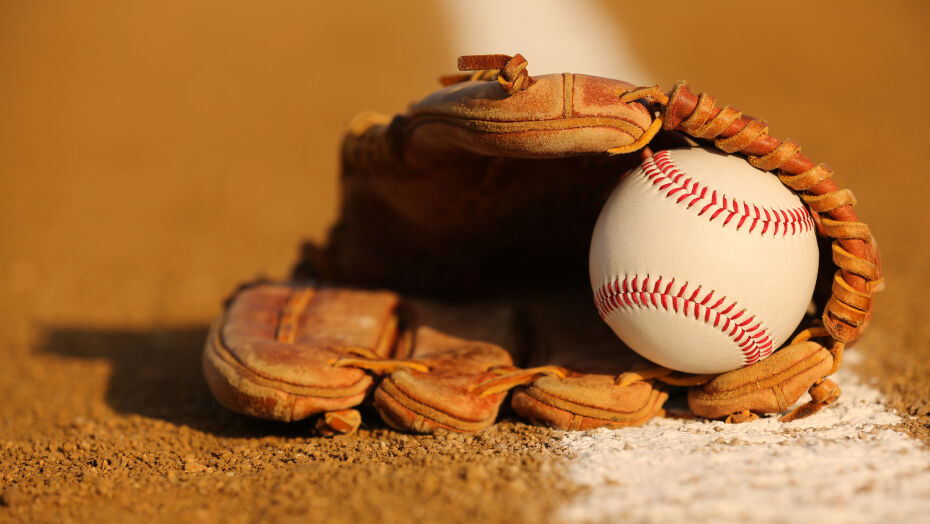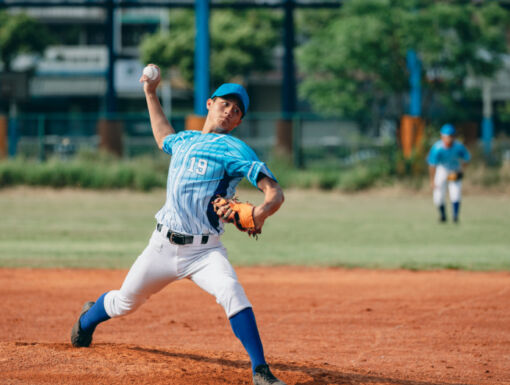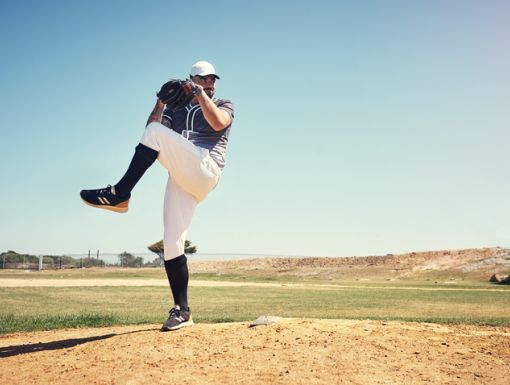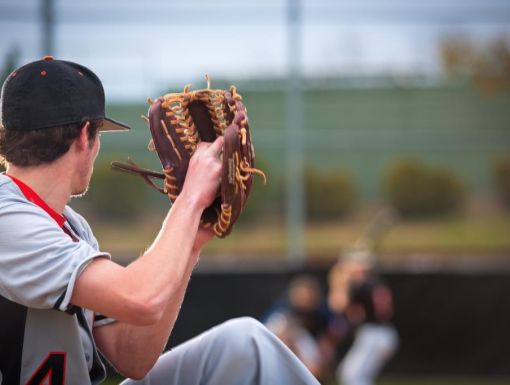
Youth Baseball Training Tips for Injury Prevention
For young athletes, the excitement of playing baseball can sometimes overshadow the importance of injury prevention. While improving skills on the field is rewarding, staying safe during training and games is just as important. From understanding common risks to adopting proper warmups, strength training and smart nutrition, these strategies will help keep you healthy and performing at your best.
What are common youth baseball injuries?
Baseball injuries can be a major concern for parents and coaches, especially for children whose bodies are still growing. Some of the most common issues include shoulder tendinitis, elbow sprains and muscle strains caused by repetitive throwing, swinging and running. Overuse is a leading factor, often resulting from playing multiple games without enough rest. Improper mechanics or poorly fitted equipment can also increase the risk of injury.
Other injuries include stress fractures in the lower body, knee pain from sudden pivots and hand or finger injuries from catching. Young pitchers are especially prone to “Little League elbow,” a painful overuse injury caused by throwing too many pitches in a short period of time.
Warning signs to watch for include persistent arm pain, swelling, reduced movement or trouble performing regular baseball activities. Catching these symptoms early and seeking medical care can ensure proper recovery and prevent further damage. By recognizing risks and symptoms, you can play smarter and safer.
What baseball warmup routines can reduce injuries?
A good warmup routine is important for reducing injuries and preparing your body for action. Spend 10 to 15 minutes on dynamic exercises like arm circles, leg swings and lunges with a twist. These movements help loosen key muscles such as the shoulders and hamstrings, improving performance and lowering the chance of strains.
It’s just as important to cool down after games with stretches. Longer, held stretches, such as touching your toes or holding a shoulder stretch, can reduce muscle tension and improve flexibility. Using both warmup and cooldown routines appropriately keeps your body ready for action.
You can also add sport-specific drills, such as light throwing or soft-toss batting practice, to gradually transition from rest to full effort. A proper warmup should raise your heart rate, activate your muscles and sharpen your focus before competition.
How do you build strength and stability to prevent baseball injuries?
Strength training is a powerful tool for injury prevention. Focus on core areas like shoulders, legs and abs. The repetitive motions of throwing can strain the shoulder, making exercises like resistance band training and rotator cuff strengthening essential. For leg power, lunges and squats help support more explosive movements like sprinting and jumping.
Core strength plays a huge role in batting, pitching and fielding. Add planks, Russian twists and medicine ball slams to improve stability and generate more power. A consistent training routine makes you stronger, more agile and better protected against injury.
Don’t forget balance and coordination drills, such as single-leg stands or ladder drills, which improve stability during quick changes of direction. Working with a certified strength coach can help ensure you’re training safely and using proper form.
How do you master safe pitching techniques as a youth baseball player?
Proper pitching mechanics can reduce the risk of arm injuries. Focus on smooth, controlled movements, using your legs to generate power and keeping your elbows at or below shoulder height. Poor technique may lead to overuse injuries, especially in growing arms.
It is also important to limit pitches and allow time for rest. For example, 9- to 10-year-olds should throw no more than 75 pitches per day, and 13-16-year-olds should throw no more than 95 pitches per day. Pitchers should take at least four days off between outings. Following these guidelines helps ensure better long-term health and performance on the mound.
Tracking pitch counts and monitoring fatigue can prevent injuries before they start. Remember, throwing harder isn’t always better. Consistent mechanics are key to both safety and performance.
How does nutrition affect youth baseball performance?
Good nutrition fuels your body and keeps you strong. A diet rich in healthy carbohydrates, proteins and fats provides the energy and recovery needed for intensive practices and games. Lean proteins like chicken or fish help muscles heal, while whole grains supply steady energy.
Don’t forget hydration. Drinking plenty of water before, during and after games prevents muscle cramps and fatigue. On hotter days or during longer practices, consider electrolyte drinks to replenish nutrients lost in sweat. Snacks like yogurt or bananas are also great for keeping energy levels up throughout the day.
Young athletes should also avoid skipping meals. Eating balanced portions every three to four hours supports consistent energy and recovery. A small pregame snack, such as peanut butter on whole-grain toast, can provide lasting fuel.
How can young athletes balance practice and rest during baseball season?
Training hard is important, but so is giving your body time to recover. Schedule at least two rest days a week to heal and recharge. Balance skill practices with strength and conditioning sessions to avoid overuse. For example, focus on batting one day, fielding the next and take a break after a heavy training day.
Cross-training in other sports, such as swimming or yoga, can also reduce the risk of repetitive injuries while building flexibility and endurance. A balanced approach helps you grow as an athlete while protecting your body from wear and tear.
Sleep is another vital piece of recovery. Children need eight to 10 hours of sleep each night for proper growth and muscle repair. Lack of rest can lead to slower reaction times, poor focus and a higher risk of injury.
How does mental preparation and focus affect youth baseball performance?
Injury prevention isn’t just physical, it also involves mental preparation. Stress and fatigue can lead to poor mechanics, increasing the risk of injury. Practicing mindfulness techniques, such as deep breathing and visualization, can help athletes stay focused and relaxed during games.
Confidence also plays a role in injury prevention. Hesitation can lead to awkward movements that may strain muscles or joints. By trusting your training and staying mentally sharp, you can improve both safety and performance on the field.
Creating a pregame routine, including visualization of key plays and positive self-talk, can help build confidence and consistency. Mental preparation keeps athletes calm under pressure and reduces unnecessary strain.
What’s the key to long-term success while my child is training for baseball season?
The key to long-term success is sticking with a consistent, year-round training routine. Periodization training, a program that adjusts intensity and focus throughout the year, can help you peak during the season while staying healthy. Offseason strength building, preseason power drills, in-season maintenance and postseason flexibility training all work together to support your development.
For example:
- Offseason: Build muscle and refine mechanics with strength training.
- Preseason: Transition to explosive movements like jump squats and agility drills.
- In-season: Focus on maintaining power while staying game-ready.
- Postseason: Recover with flexibility exercises and light conditioning.
With the right training schedule, you’ll stay competitive while reducing risks.
How can my child stay in the game during baseball season?
Preventing injuries in baseball isn’t just about improving your current season, it’s about securing a long-term future in the sport. By incorporating proper warmups, strength exercises, balanced nutrition and rest days, you set yourself up for success. Listen to your body, adjust your routine as needed and don’t hesitate to seek professional advice to stay at your best.



